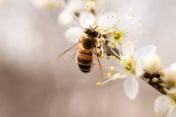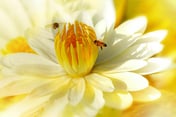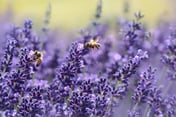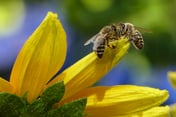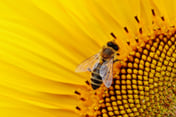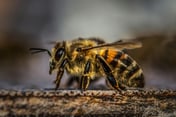How to Create a Bee-Friendly Garden: Plants and Practices
2/20/20242 min read
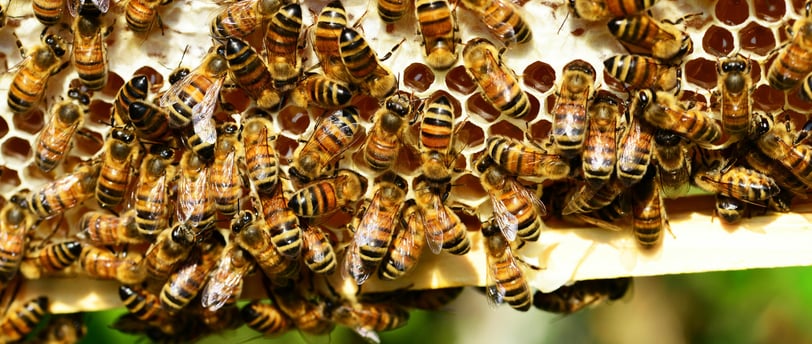

Introduction
In recent years, there has been a growing concern about the declining population of bees and other pollinators worldwide. Bees play a crucial role in our ecosystem by pollinating plants, which in turn, ensures the production of fruits, vegetables, and seeds. To combat this decline and support these vital pollinators, creating a bee-friendly garden is essential. In this comprehensive guide, we will explore the various plants and practices you can implement to attract and support bees in your garden, ultimately contributing to the preservation of these essential creatures.
1: Understanding the Importance of Bees
In this section, we will delve into the critical role that bees play in our ecosystem. We'll discuss the process of pollination, highlighting how bees facilitate the reproduction of flowering plants and the significance of this process for food production and biodiversity. Understanding the importance of bees will serve as motivation for creating a bee-friendly garden.
2: Planning Your Bee-Friendly Garden
Before diving into plant selection and garden practices, it's essential to plan your bee-friendly garden thoughtfully. This section will cover aspects such as garden size and location, sun exposure, soil quality, and water sources. We'll discuss the importance of choosing a variety of plants that bloom at different times of the year to provide a continuous source of nectar and pollen for bees throughout the seasons.
3: Selecting Bee-Friendly Plants
The key to attracting bees to your garden is to provide them with an abundance of nectar-rich flowers. In this section, we will explore a wide range of bee-friendly plants, including flowers, herbs, shrubs, and trees. We'll highlight native plant species that are well-adapted to your region and discuss the importance of incorporating a diversity of flower shapes, colors, and sizes to attract different species of bees.
4: Creating Habitat for Bees
In addition to providing food sources, creating suitable habitat for bees is crucial for their survival. This section will focus on practices such as leaving some areas of your garden wild to provide nesting sites for solitary bees, installing bee hotels, and incorporating bee-friendly features such as rocks, logs, and brush piles. We'll also discuss the importance of avoiding the use of pesticides and herbicides in your garden, as these chemicals can be harmful to bees and other beneficial insects.
5: Maintaining Your Bee-Friendly Garden
Maintaining a bee-friendly garden requires ongoing care and attention. This section will cover essential gardening practices such as proper watering techniques, mulching, weeding, and pruning. We'll also discuss the importance of regularly monitoring your garden for signs of pests or diseases and taking proactive measures to address any issues while minimizing harm to bees and other pollinators.
6: Educating Others and Taking Action
In the final section of the guide, we'll discuss the importance of spreading awareness about the plight of bees and encouraging others to create bee-friendly habitats in their own gardens. We'll explore ways to engage with your community, such as organizing educational events, participating in local conservation initiatives, and advocating for policies that protect bees and their habitats. By taking collective action, we can make a meaningful difference in supporting bee populations and ensuring a healthy environment for future generations.
Conclusion:
Creating a bee-friendly garden is not only a rewarding experience for gardeners but also a crucial step towards protecting the health and biodiversity of our planet. By following the principles outlined in this guide and implementing bee-friendly practices in your garden, you can make a significant impact in supporting vital pollinators and fostering a thriving ecosystem. Together, let's work towards creating a world where bees can thrive and continue to fulfill their essential role in our natural environment.
